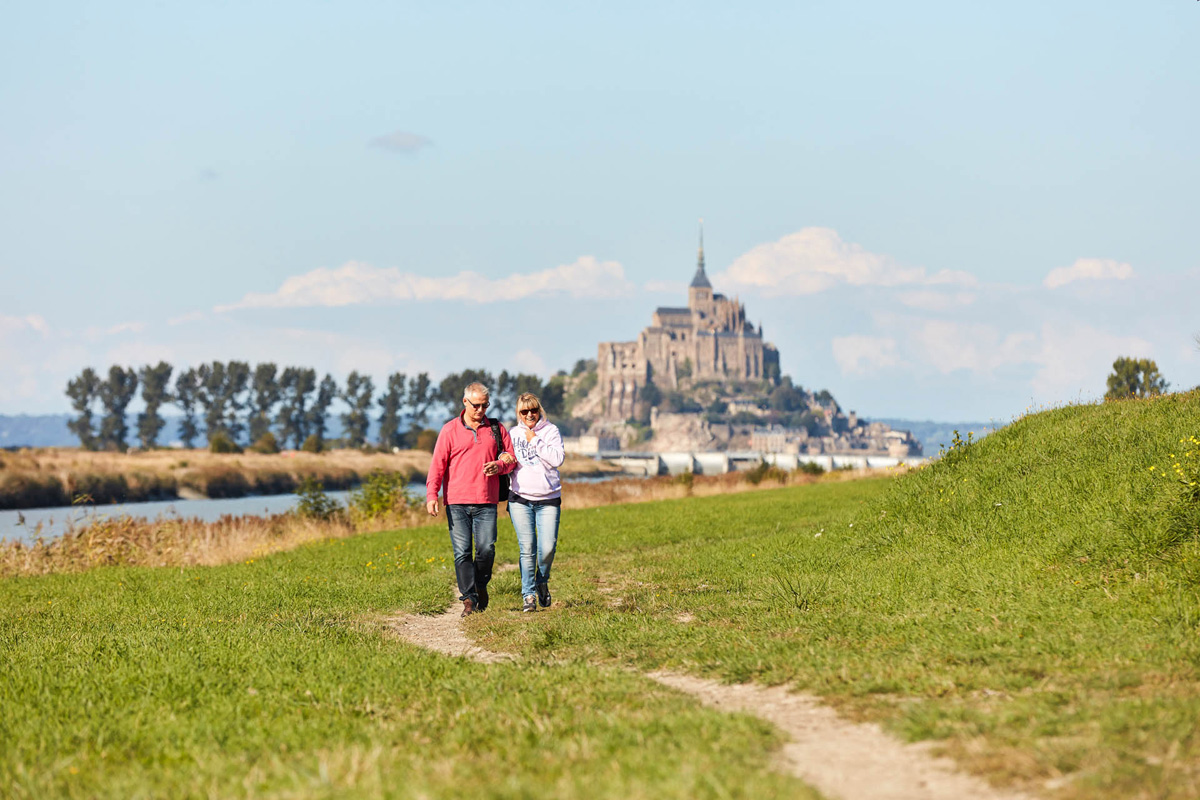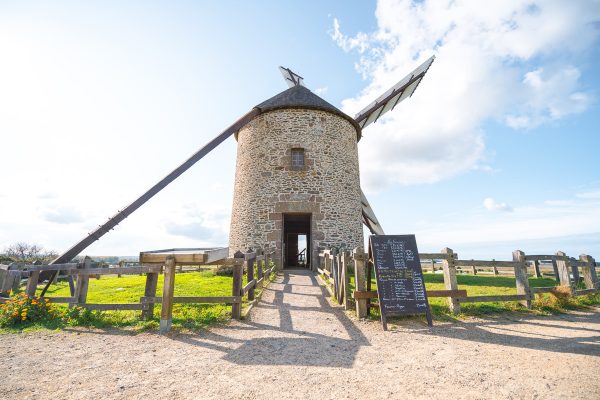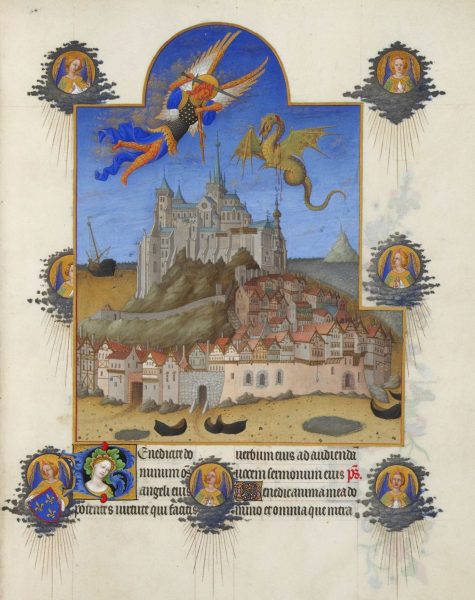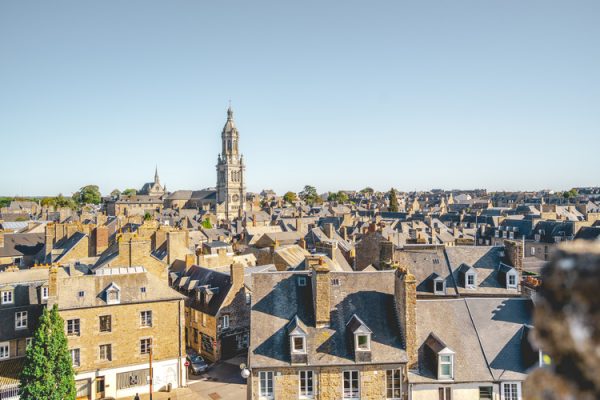Mont Saint-Michel abounds in tales and legends. Indeed, we heard different stories about Tombelaine rock, Mont-Dol or quicksand. Celestial apparitions, Giants, mysteries and other stories, here are 5 legends you can tell at your next campfire.
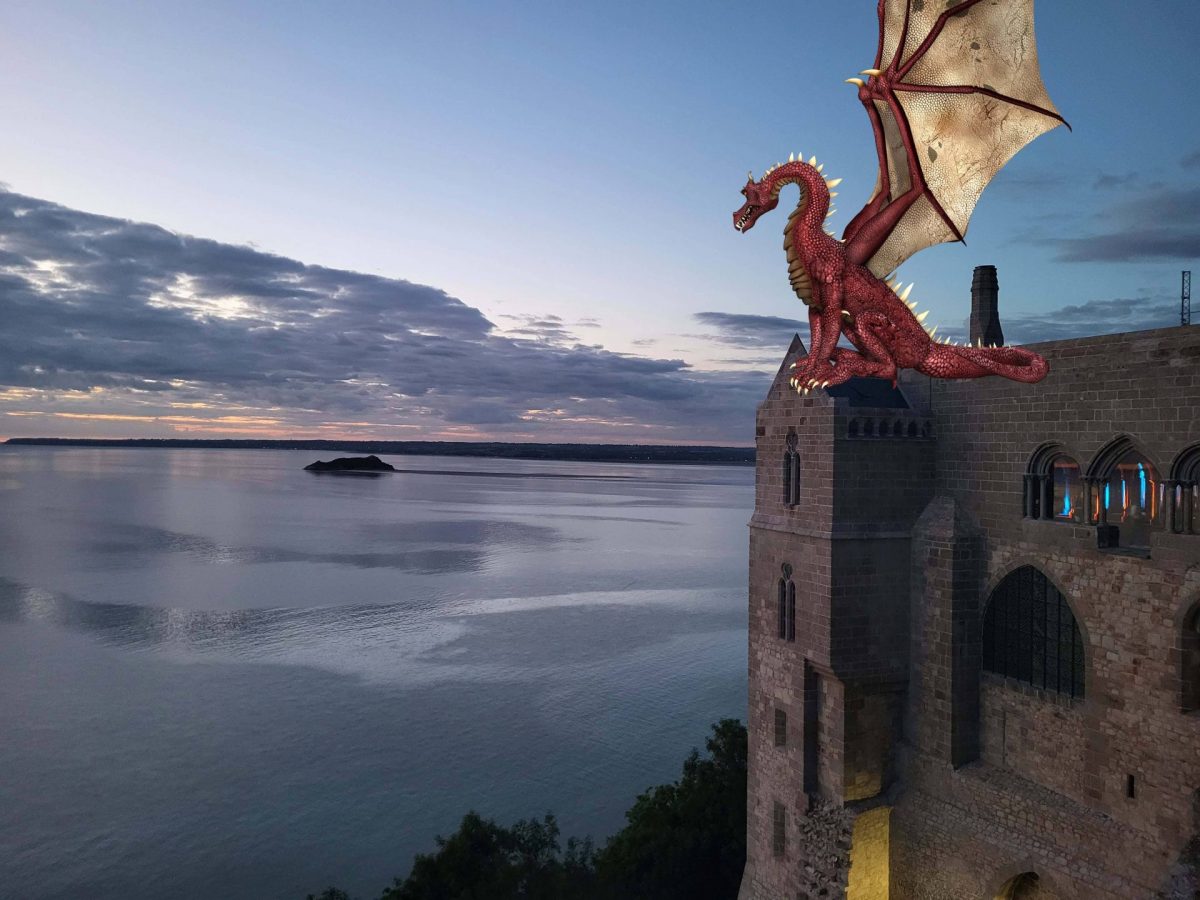
The dream of bishop Saint-Aubert
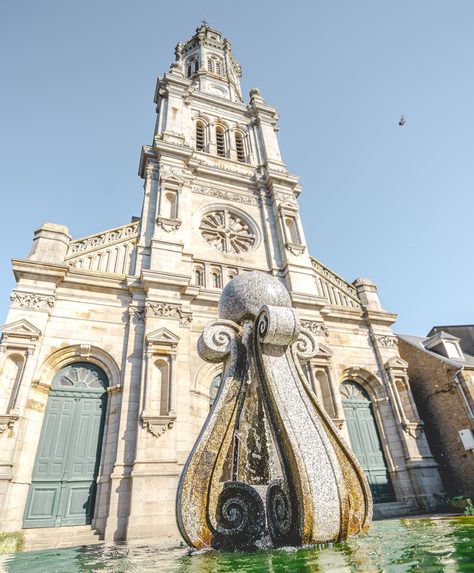
On the night of October 16, 708, bishop Saint-Aubert d’Avranches claims to have been visited by the Archangel Saint-Michel in a dream. The latter asked him to build an edifice in his honor on the Mount. Thinking himself mad, the bishop did nothing immediately. The Archangel Saint-Michel, seeing the bishop’s incredulity, returns a second time and then a third.
This time, to show him his power and existence, he touched the bishop’s head with his finger of light and his skull perforated under the force of the contact. Following this, the bishop was convinced of the Archangel’s existence and decided to build the edifice. Only he didn’t know where to build it.
In a new dream, he is told that he must build it where a bull, stolen from a neighbor, has been hidden. The bull was found near the summit of the mountain. The bishop then called together the local population to level the summit of the Mont, and the chapel was born.
The Giant Gargantua
It is said that the giant Gargantua is at the origin of the creation of Mont-Dol, Tombelaine and Mont Saint-Michel. Indeed, during one of his journeys, some rocks in his boot disturbed him. By shaking it to get rid of the gravel, 3 rocks would have fallen in different places. The result: Mont Dol, Tombelaine and Mont Saint-Michel.
Another version says that Gargantua himself laid the stones of Mont Saint-Michel, Tombelaine and Mont-Dol, in order to pass from Normandy to Brittany by walking on these rocks, his third step being on Mont-Dol.
Finally, another story tells that Gargantua and his parents “Grand Gosier” and “Galemelle” were on their way to the West. They had each taken a huge rock with them to show their power to King Arthur. On the road, Gargantua’s parents contract a fatal fever in the swamps. Merlin the Enchanter buries them in the sand and marks their graves with the rocks they had brought with them. Grand Gosier’s grave would be covered by the Mont and Galemelle’s by Tombelaine.
The mysteries of the Scissy forest
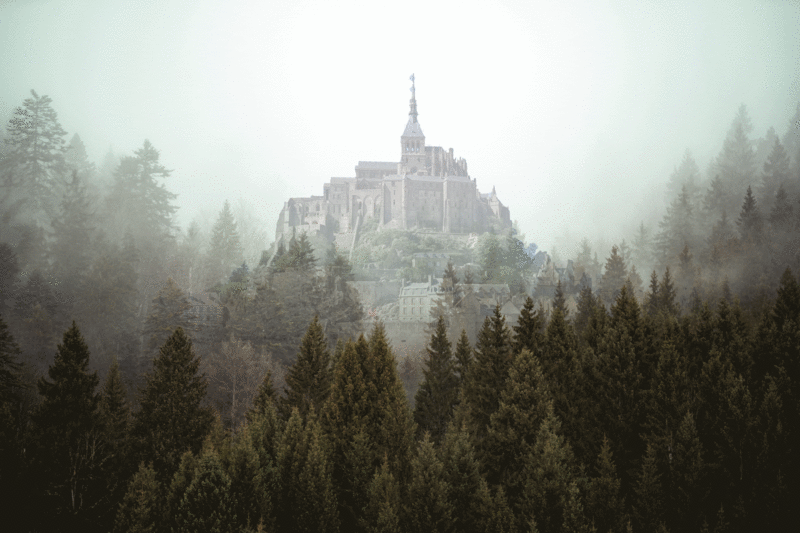
An old legend tells that Mont Saint-Michel was originally surrounded by a dense forest (the Scissy forest) et not by a bay. In 709, this forest disappeared after a gigantic tidal wave. This would have turned Mont Saint-Michel into an island and revealed the bay. During this tidal wave, several villages would have been swallowed up by the sea. After many research over the centuries, this legend has not been confirmed. In the end, the landscape in the VIIIth century was the same as it is today.
The beautiful Hélène

Since the Middle Ages, the islet Tombelaine has been the setting for the love story of the beautiful Hélène and the knight Montgommery. According to legend, met every day before dawn on “Mont Bénélus” (the former name of Tombelaine). Isolated from the world around them, they could live out their love freely. Hélène’s father wasn’t in favor of this union due to the rivalry between their families.
One morning, however, the two lovers received some bad news. With the war in full swing, they called the knight Montgommery to join the armies of Duke William of Normandy. Hélène was devastated, but her love promised to return safe and sound. When Montgommery left for war, Hélène returned to the Mont every day. She would go down to the shores and watch the horizon to see if a ship would return with the men who had gone to war.
One morning, a joyful crowd gathered on the shores, Duke William had won the battle and the Norman knights had returned. Unfortunately, Montgommery had not survived the battle. Hélène, overwhelmed by grief, threw herself off the rock. According to legend, they buried her on the wild islet. That’s why today we call it the islet of Tombelaine, a contraction of “Tombe Hélène”.
The Asteriac Miracle
At the time, there was a small village to the south of Mont Saint-Michel called Asteriac. This was the last place that pilgrims passed through before reaching the foot of the Mont. On the day of the arrival of the archangel’s relics, a blind woman is said to have regained her sight as she reached the sandy shore. According to legend, she said “it’s a beautiful sight” wich means “qu’il fait beau voir” in French. This explains why Asteriac became known as “Beauvoir”.
